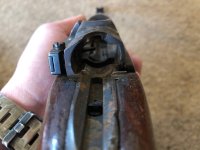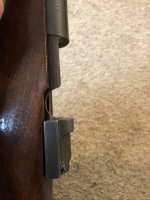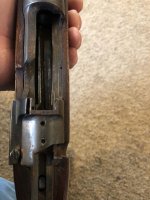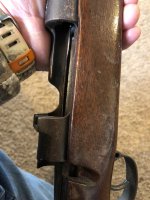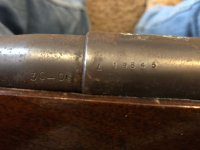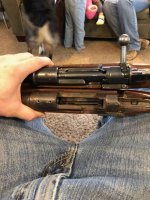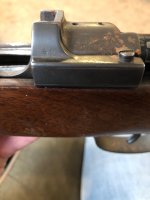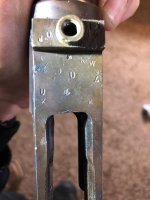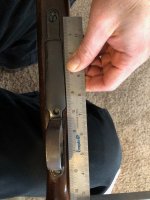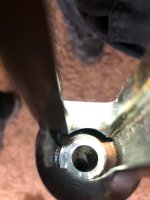offroadmatt
New member
Need help identifying this rifle so I can find a bolt for it. Yes I will have it properly head spaced. Yes I know that takes machining! What I don't know is what the hell this thing is. It has little to no markings. The bolt from another mauser we have is barely to long to close.
At some point somebody had it rebarreled and a sporting stock put on it. The only stamps are the "40" on the bolt release and what appears to be a serial number L 19845 on the front ring. Also it was drilled for scope rings.
Thanks for the help!
At some point somebody had it rebarreled and a sporting stock put on it. The only stamps are the "40" on the bolt release and what appears to be a serial number L 19845 on the front ring. Also it was drilled for scope rings.
Thanks for the help!

